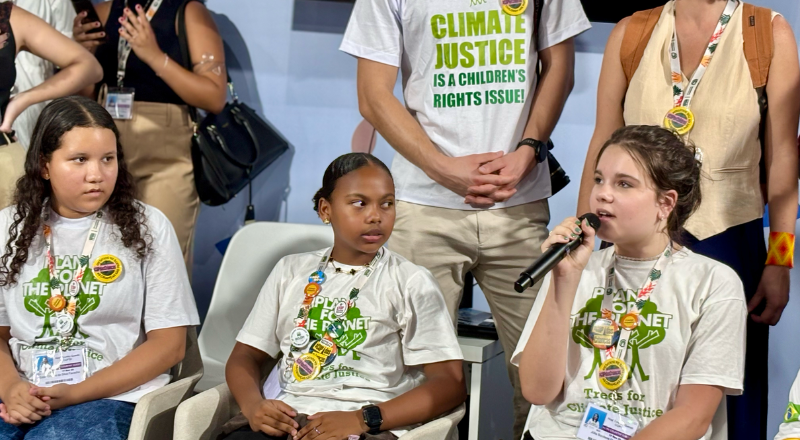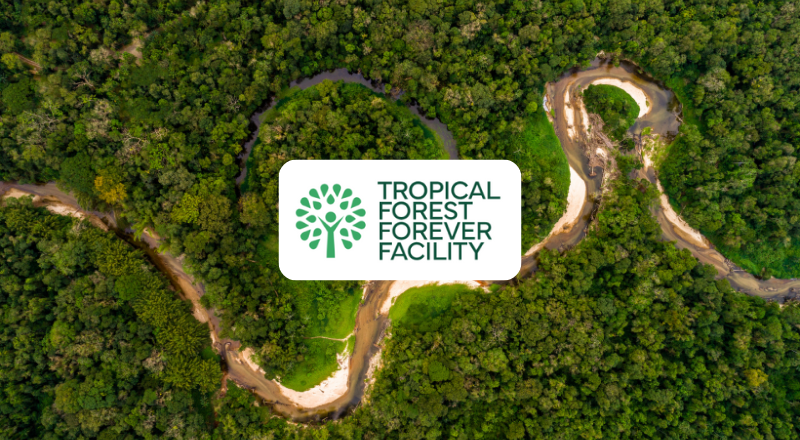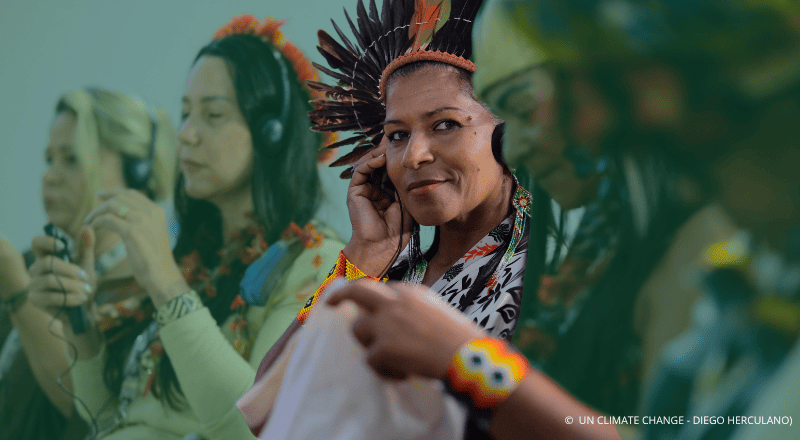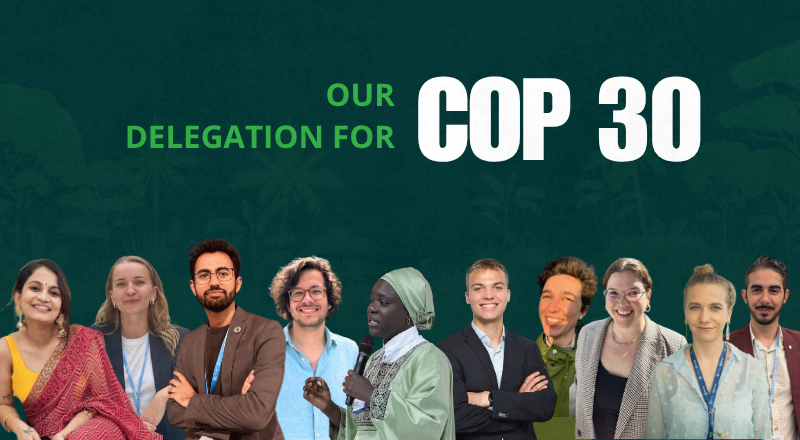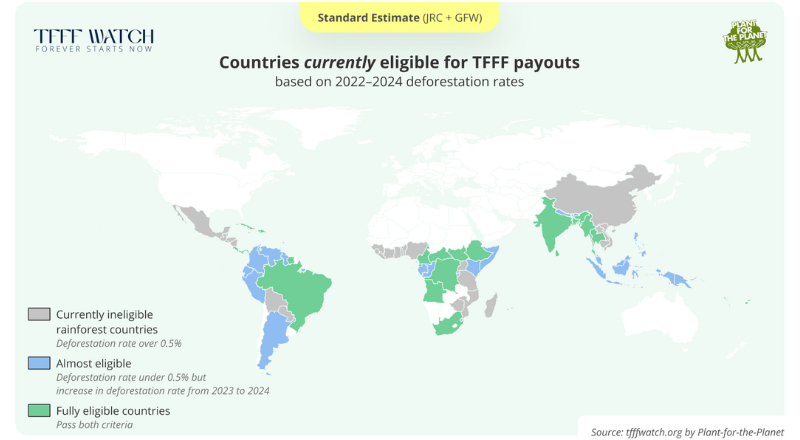
Our Project Manager for Forest Restoration and Conservation, Anna Gee, has just published new research revealing how tropical dry forests in Yucatán recover after disturbance and how these insights are already shaping our work on the ground.
Why do some species return to the forest naturally while others do not?
My research set out to answer this question by investigating the secondary succession of the tropical dry forest in the Yucatán Restoration project. I lived in the headquarters of Plant-for-the-Planet Mexico in Constitución and carried out research across the Las Americas 7 sites. I spent countless hours in the field with Oscar, the Director of Restoration and Research at Plant-for-the-Planet Mexico, surveying and identifying tree seeds, seedlings, and adult trees in forests at different stages of recovery. For this paper alone, we catalogued an incredible 15,665 seeds, 2,610 seedlings, and 531 adult trees.
My paper explores how forests heal themselves after disturbance and how we can use those lessons to guide restoration efforts. This research has now been published in the scientific journal Forest Ecology & Management, a huge milestone not just for me personally, but for advancing forest restoration science.
What sparked this study?
When a forest recovers after disturbance, ecologists call this process secondary succession. It’s a natural phenomenon: plants adapted to open, disturbed environments are the first to colonise a site, gradually creating shade and enriching the soil so that other species can follow. However, scientists who have studied this process all over the world have noticed that secondary succession often doesn’t produce a forest that has the same set of tree species as before.
So what did we discover?
The results suggested that the answer lies in the functional traits of the tree species. Functional traits are characteristics of plants that describe how they interact with their environment – what their function in the ecosystem is. This encompasses a huge range of things: does it have spines? Is it deciduous or evergreen? Can it fix nitrogen? Does it have simple leaves, like a beech tree, or compound leaves, like an ash tree?
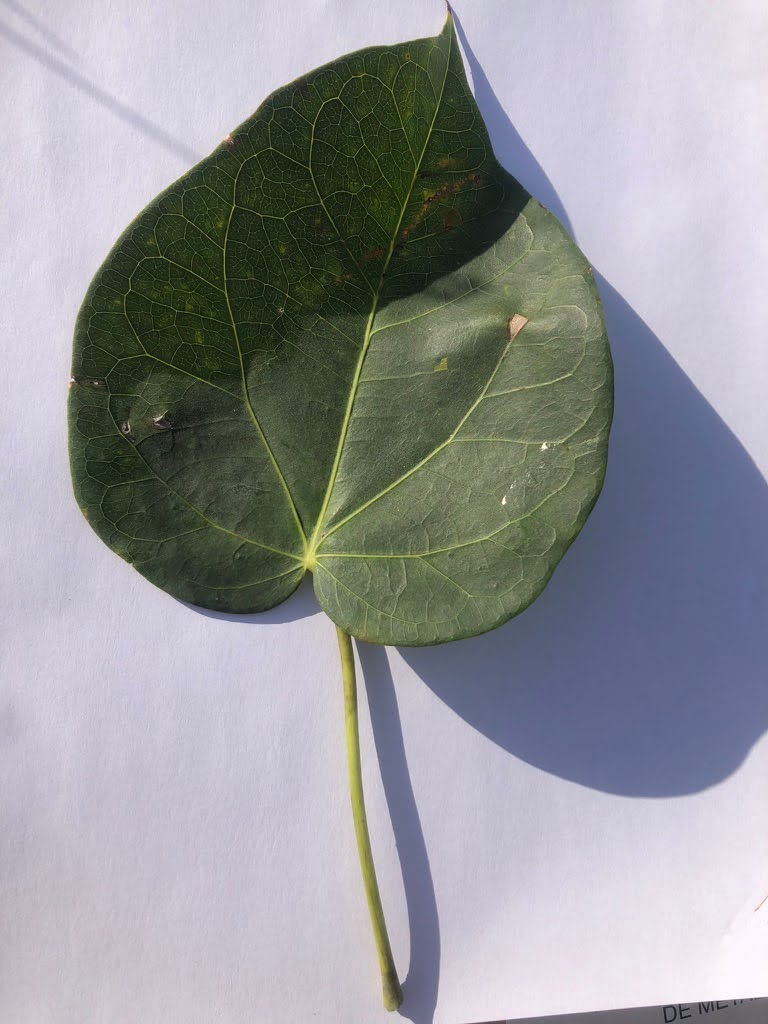
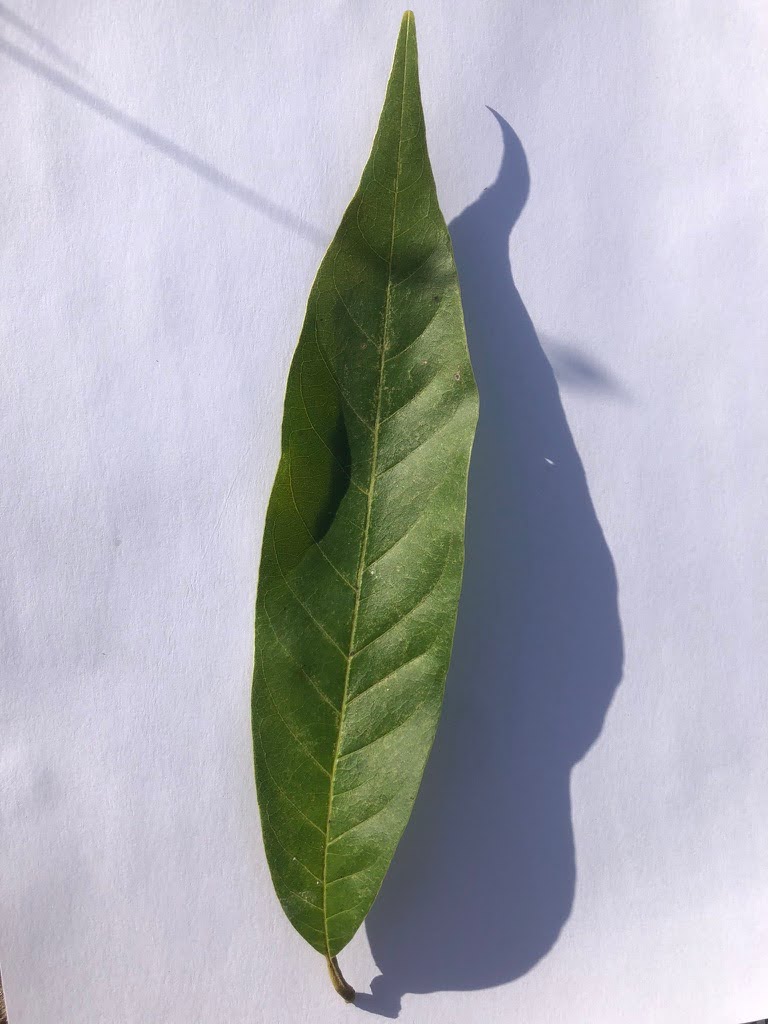
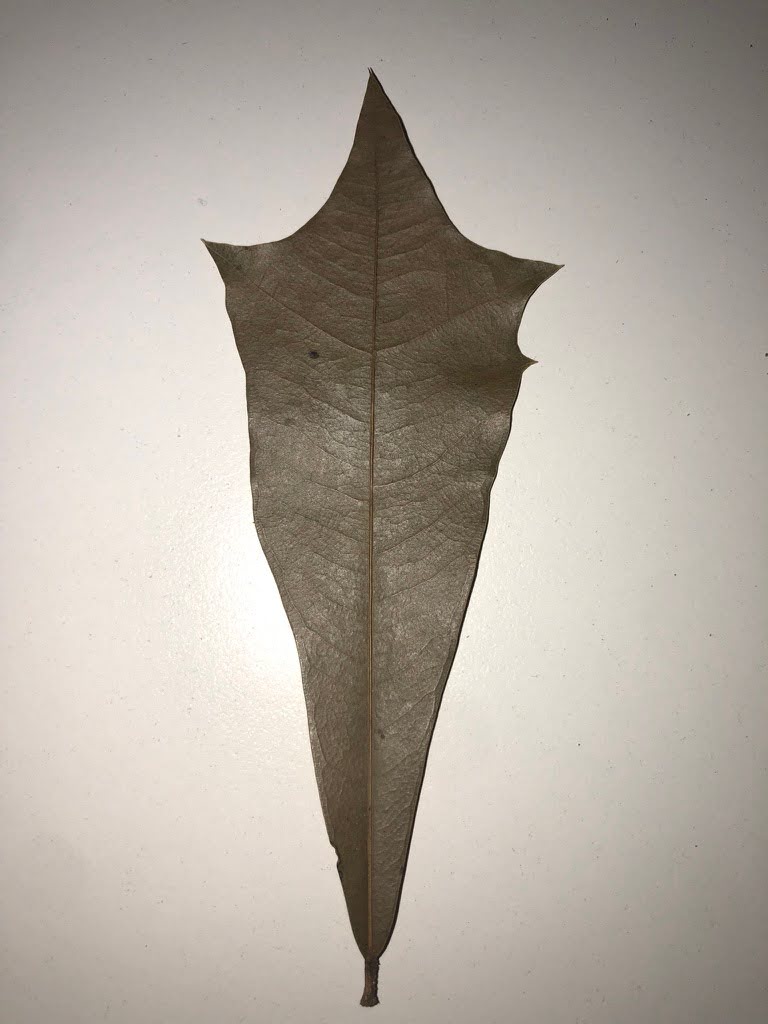
This research suggests that the functional traits that return to a forest naturally are predictable, even if the specific species are not. We found that, in our study sites, forests early on in the process of secondary succession were mostly made up of deciduous species with compound leaves and the ability to fix nitrogen, while more mature secondary forests were made up of evergreen species with simple leaves that don’t fix nitrogen.
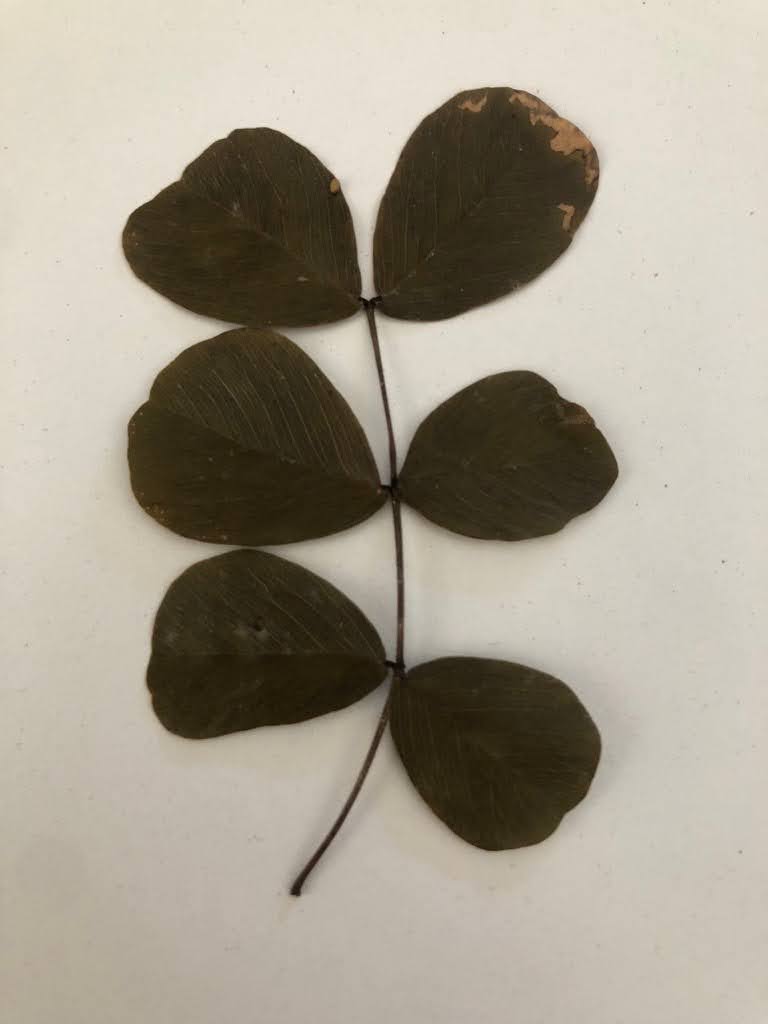
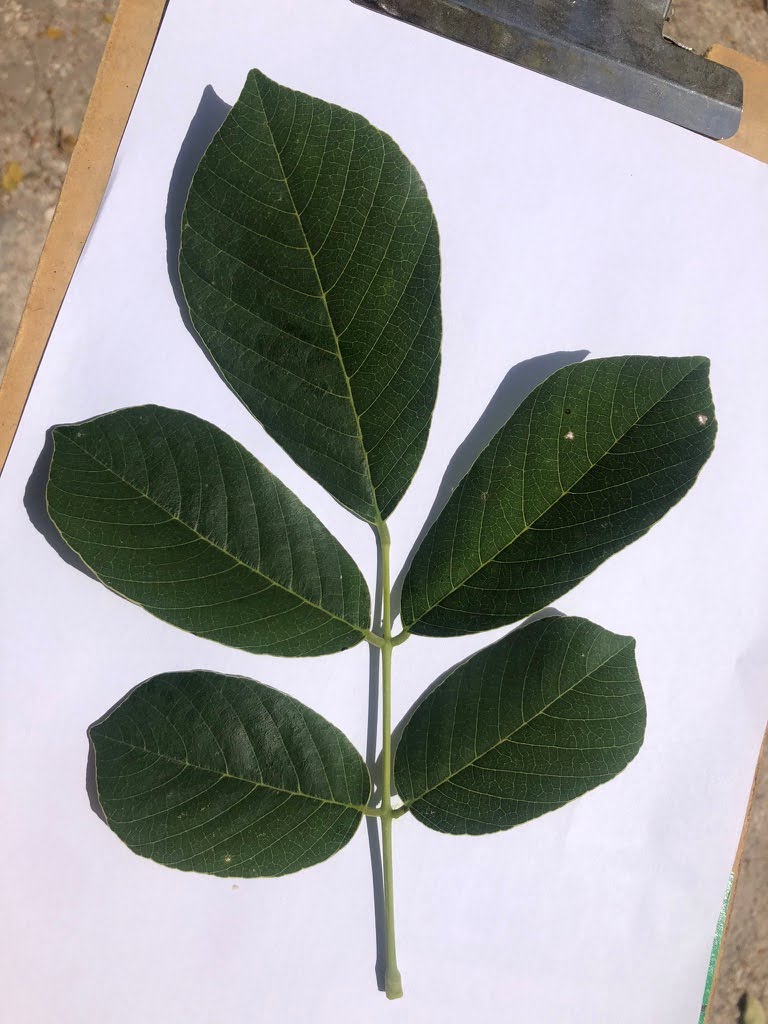
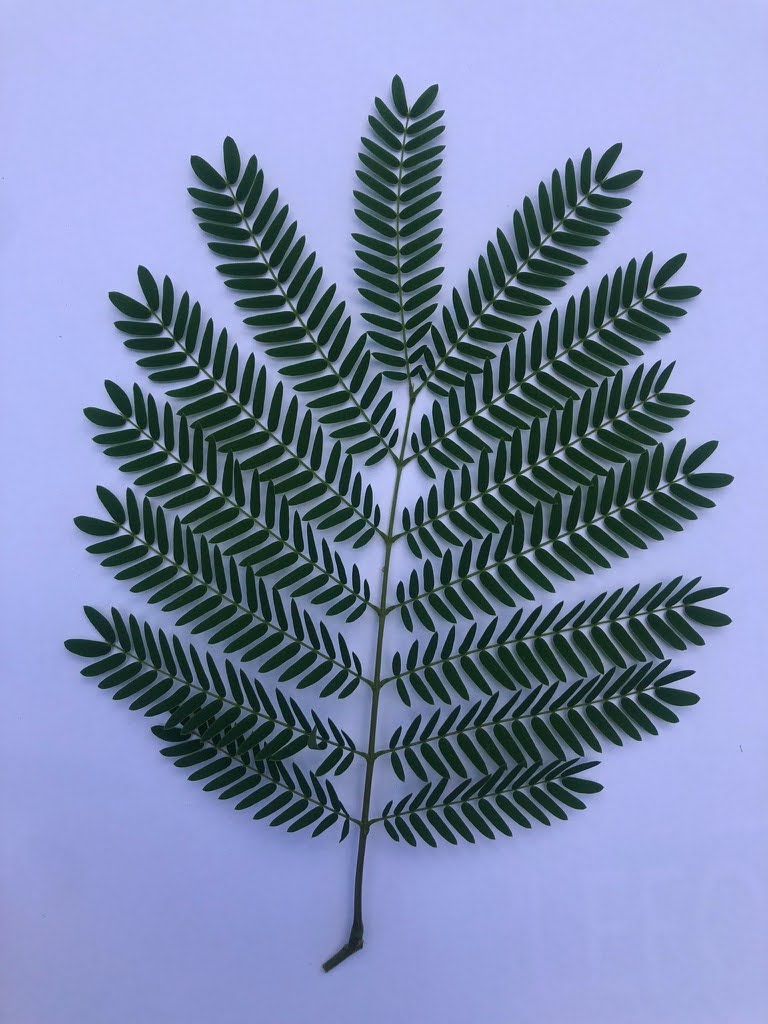
Why does this matter?
These changes are probably because species respond to the different environmental conditions created during secondary succession, and they in turn create new environmental conditions in a positive feedback loop. Because we looked at all of the different stages in the life of a tree, from tiny seeds up to adult trees over 30 m tall, we were able to work out that seeds and very young seedlings are most strongly responding to the changing environmental conditions.
Final reflections
It’s great to have this research published in Forest Ecology and Management because it is a journal that bridges the gap between scientists and forest managers. It’s important that restoration work is guided by science, and the Yucatán Restoration project provides an opportunity for us to do research that directly answers some of the biggest questions in restoration. This research wouldn’t have been possible without all of the field support provided by the team in Mexico.
I am also using the results of my own research in my new job as a Project Manager for forest restoration and conservation at Plant-for-the-Planet. When I assess a potential new site to decide if it needs us to intervene, the first thing I check is whether it can recover naturally by itself. I do this by identifying the seedlings that are growing there and checking whether all the functional traits we would expect to see are present. It’s also really helpful to know seeds and young seedlings are responding most strongly to the environment, because this means that we can plan restoration interventions targeted to these life stages.
Science shows us how forests can heal. Together, we can protect them for generations to come. Help us restore forests worldwide.
